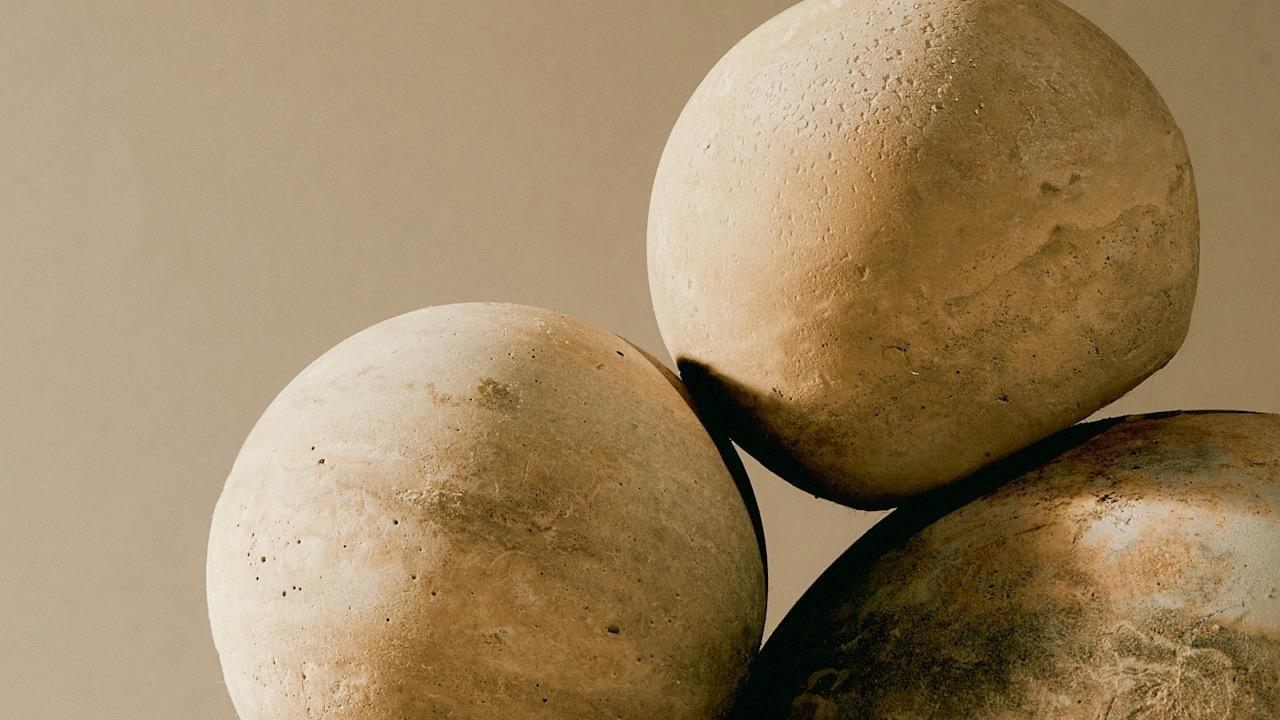
From DIY Projects to Digital Workspaces: Enhancing Employee Experience
VP, Employee Experience — Tim Stahl
Thursday, July 17, 2025
Rightpoint has a diverse team of thought leaders. You will see articles across the wide range of topics that contribute to the creation of a Total Experience.